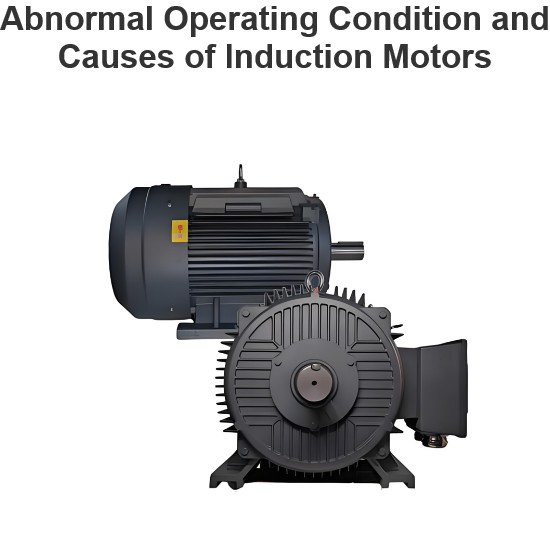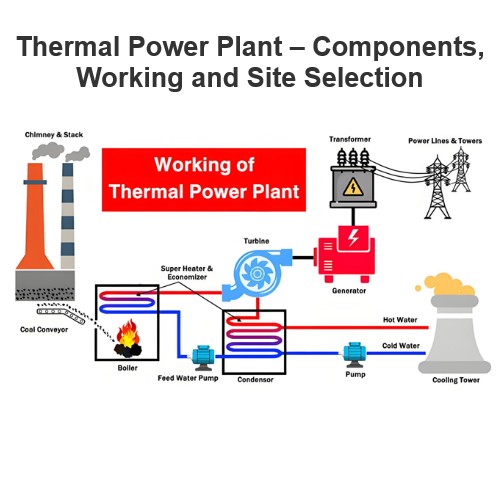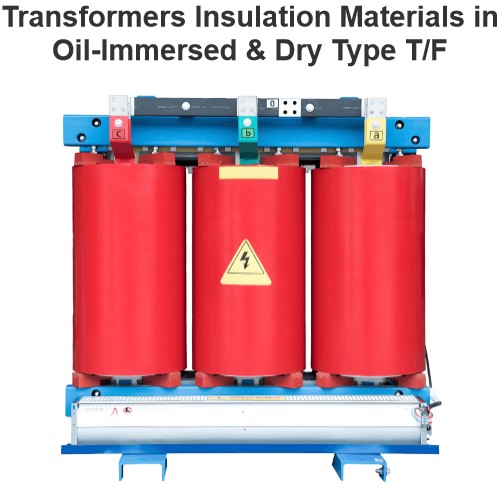Capacitor Start Induction Motor
Capacitor Start Motors are a type of single - phase induction motors. They utilize a capacitor within the auxiliary winding circuit to create a significant phase difference between the current flowing through the main winding and that in the auxiliary winding. As the name "capacitor start" clearly implies, these motors rely on a capacitor specifically for the starting process. The diagram below illustrates the connection schematic of a Capacitor Start Motor.

The capacitor start motor features a cage rotor and incorporates two windings on its stator, namely the main winding and the auxiliary (or starting) winding. These two windings are positioned at a 90 - degree angle from each other. A capacitor, denoted as CS, is connected in series with the starting winding. Additionally, a centrifugal switch, labeled SC, is integrated into the circuit.
The phasor diagram of the capacitor start motor is depicted as follows:

As illustrated in the above phasor diagram, the current in the main winding, denoted as IM, lags the auxiliary current IA by 90 degrees. This effectively splits the single - phase supply current into two phases. The two windings are electrically displaced by 90 degrees, and their magnetomotive forces (MMFs) are equal in magnitude but 90 degrees out of phase in the time domain.
Consequently, the motor functions as a balanced two - phase motor. As the motor approaches its rated speed, the centrifugal switch mounted on the motor shaft automatically disconnects the auxiliary winding and the starting capacitor.
Characteristics of the Capacitor Start Motor
The capacitor start motor is capable of generating a significantly high starting torque, approximately 3 to 4.5 times the full - load torque. Two crucial conditions must be met to achieve such high starting torque:
The value of the starting capacitor should be relatively large.
The resistance of the starting winding should be low.
Electrolytic capacitors with a capacitance of around 250 µF are typically employed due to the high reactive power (Var) requirements of the capacitor.
The torque - speed characteristic of the motor is presented below:

The characteristic curve clearly demonstrates that the capacitor start motor exhibits a high starting torque. However, compared to the split - phase motor, its cost is higher, primarily due to the additional expense of the capacitor. To reverse the direction of a capacitor start motor, the motor must first be brought to a complete stop, after which the connections of one of the windings can be reversed.
Applications of the Capacitor Start Motor
The capacitor start motor finds extensive use in a variety of applications:
High - inertia and frequent - start scenarios: Ideal for loads with high inertia that require frequent starting, as its strong starting torque can effectively overcome the initial resistance.
Pumps and compressors: Commonly employed in pumps and compressors, where reliable and powerful starting capabilities are essential for efficient operation.
Refrigeration and air - conditioning systems: Widely used in the compressors of refrigerators and air conditioners, ensuring smooth startup and stable performance to maintain the desired cooling effect.
Conveyors and machine tools: Also utilized in conveyors and machine tools, providing the necessary torque to initiate and sustain the movement of materials and components.
In summary, the capacitor start motor, with its distinct characteristics and wide - ranging applications, plays a significant role in numerous electrical and mechanical systems.
The Electricity Encyclopedia is dedicated to accelerating the dissemination and application of electricity knowledge and adding impetus to the development and innovation of the electricity industry.













